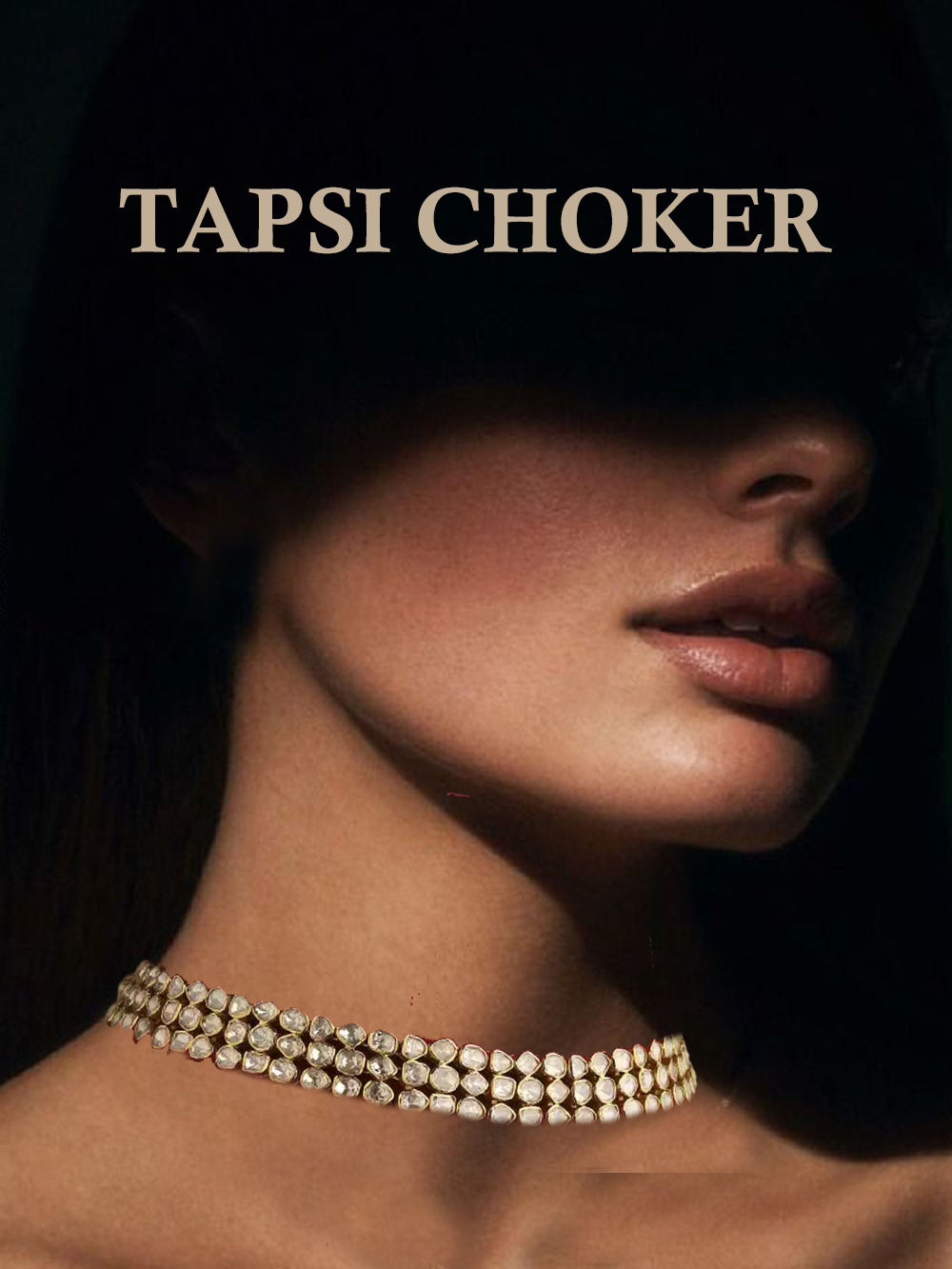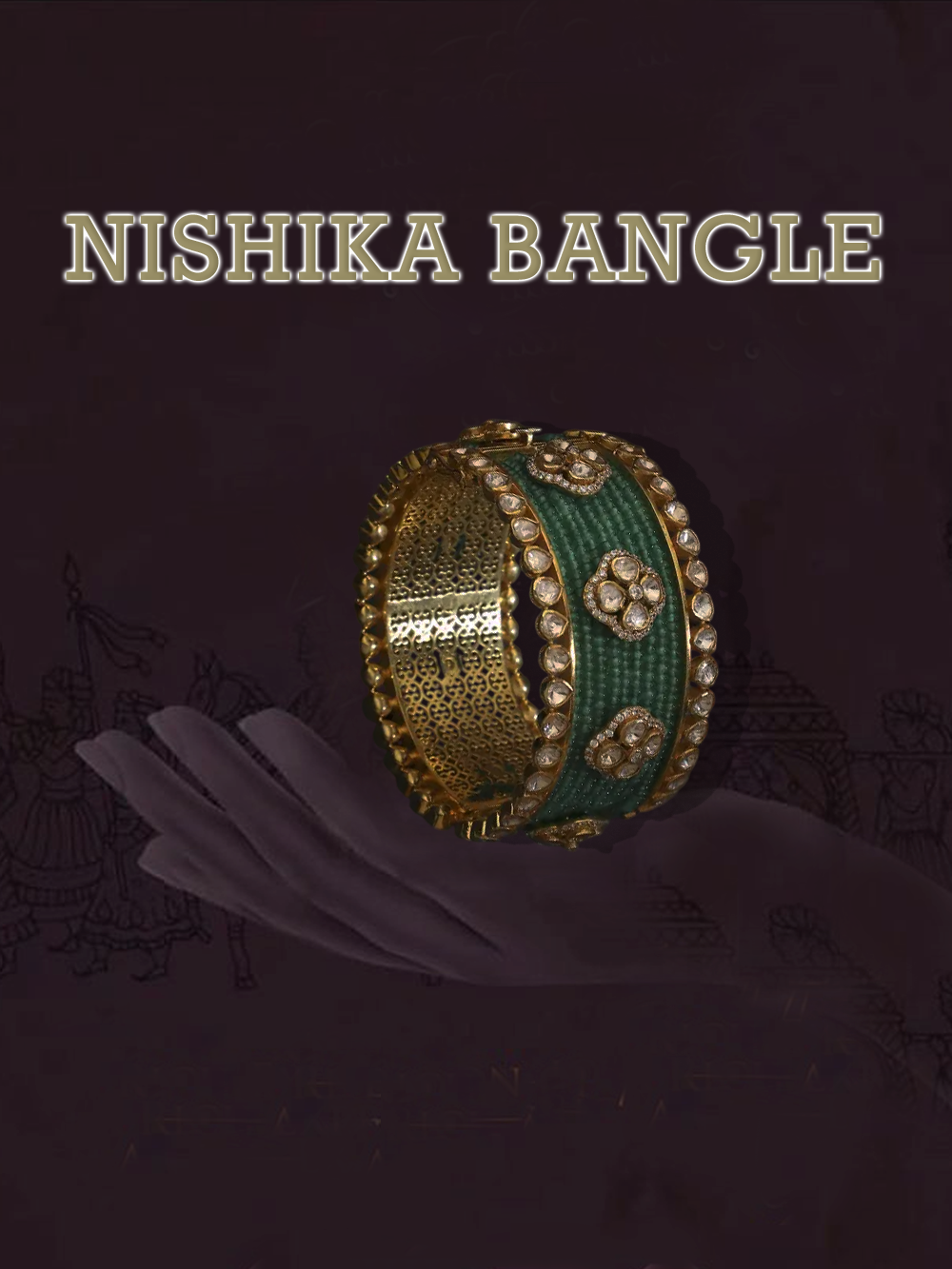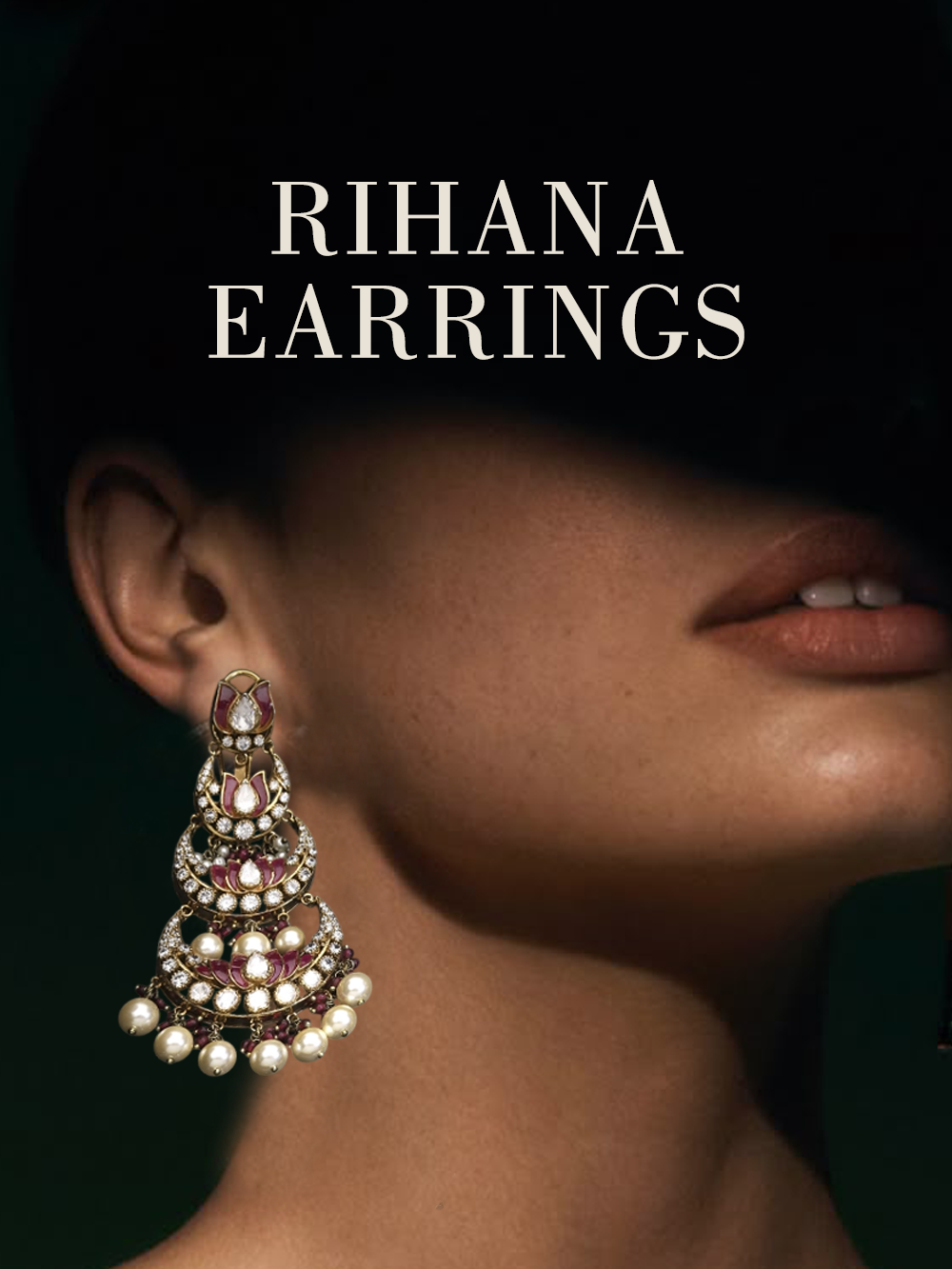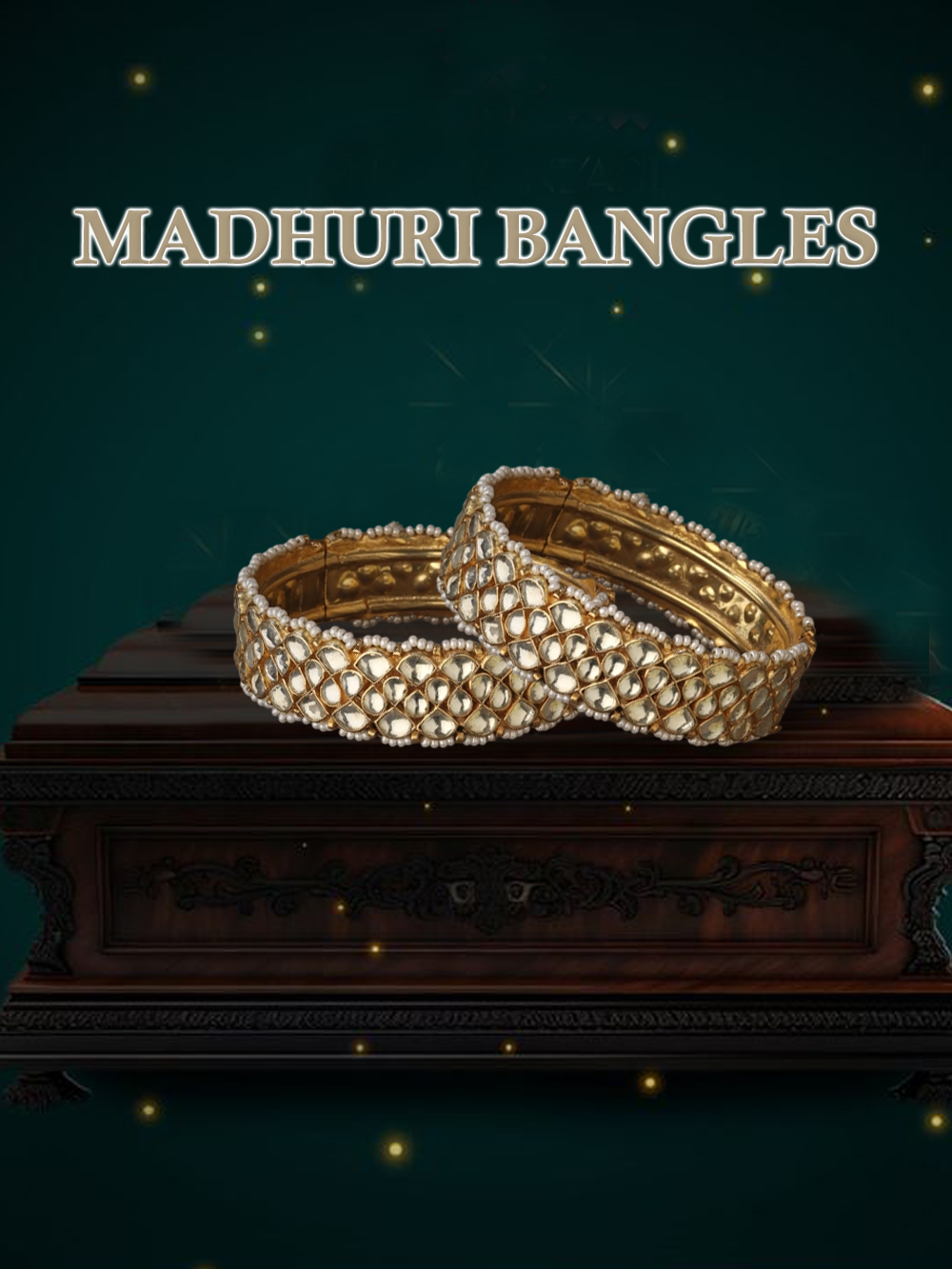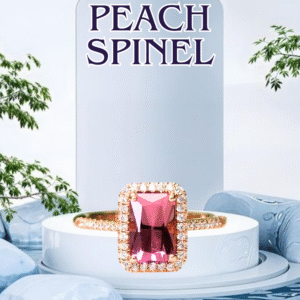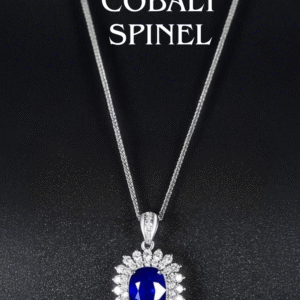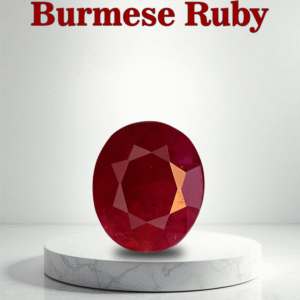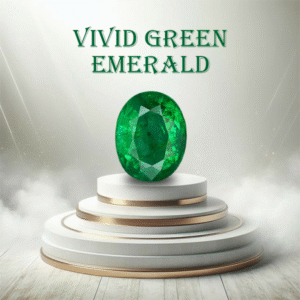Rook Stool is a considered collection of stools, subtly inspired by the decorative forms of traditional chess pieces. The diverging timber uprights interplay with the horizontal footrest, encapsulating and supporting the element. The steel skeleton within the solid timber form, minimises the overall silhouette, celebrating the beautiful marriage of natural solid timber and Australian craftsmanship.
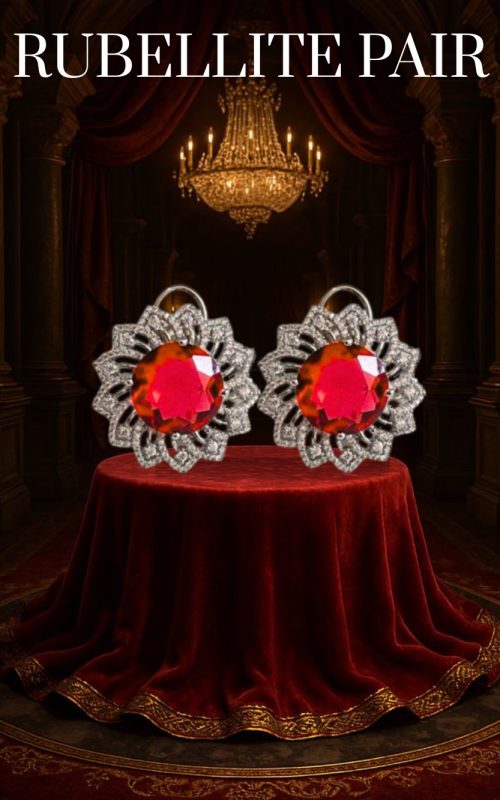
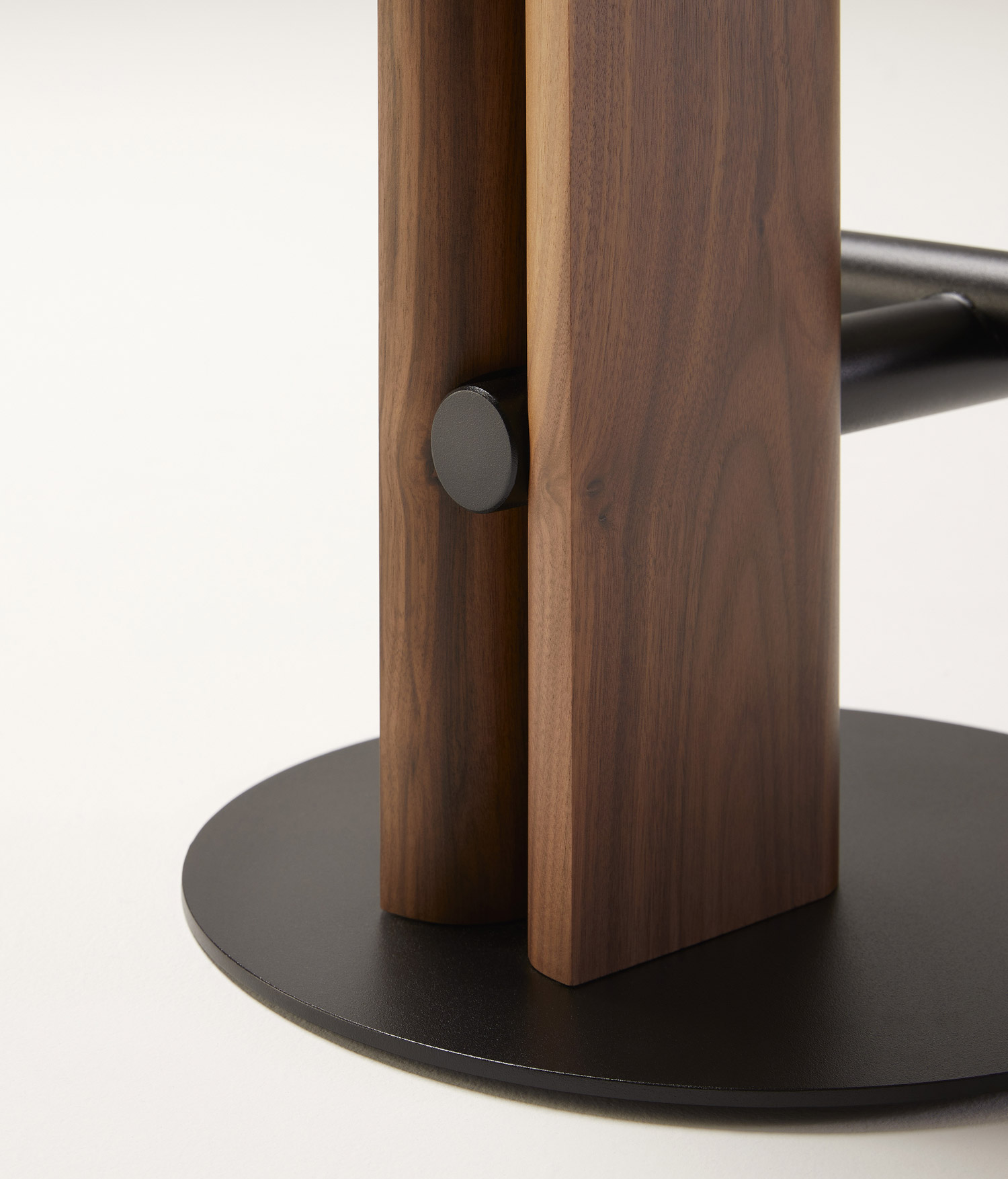
Rook
Stool

Rook
Stool
Rook Stool is a considered collection of stools, subtly inspired by the decorative forms of traditional chess pieces. The diverging timber uprights interplay with the horizontal footrest, encapsulating and supporting the element. The steel skeleton within the solid timber form, minimises the overall silhouette, celebrating the beautiful marriage of natural solid timber and Australian craftsmanship.
RUBELLITE PAIR
The gently radiused curves of the seat and leg provide a consistent element throughout the range. Presented in solid walnut, white oak and blackened oak with base and footrest finished to textured black. The Rook Stools are made and assembled in Australia and available in three heights as well as an upholstered top option to suit a range of indoor contexts.
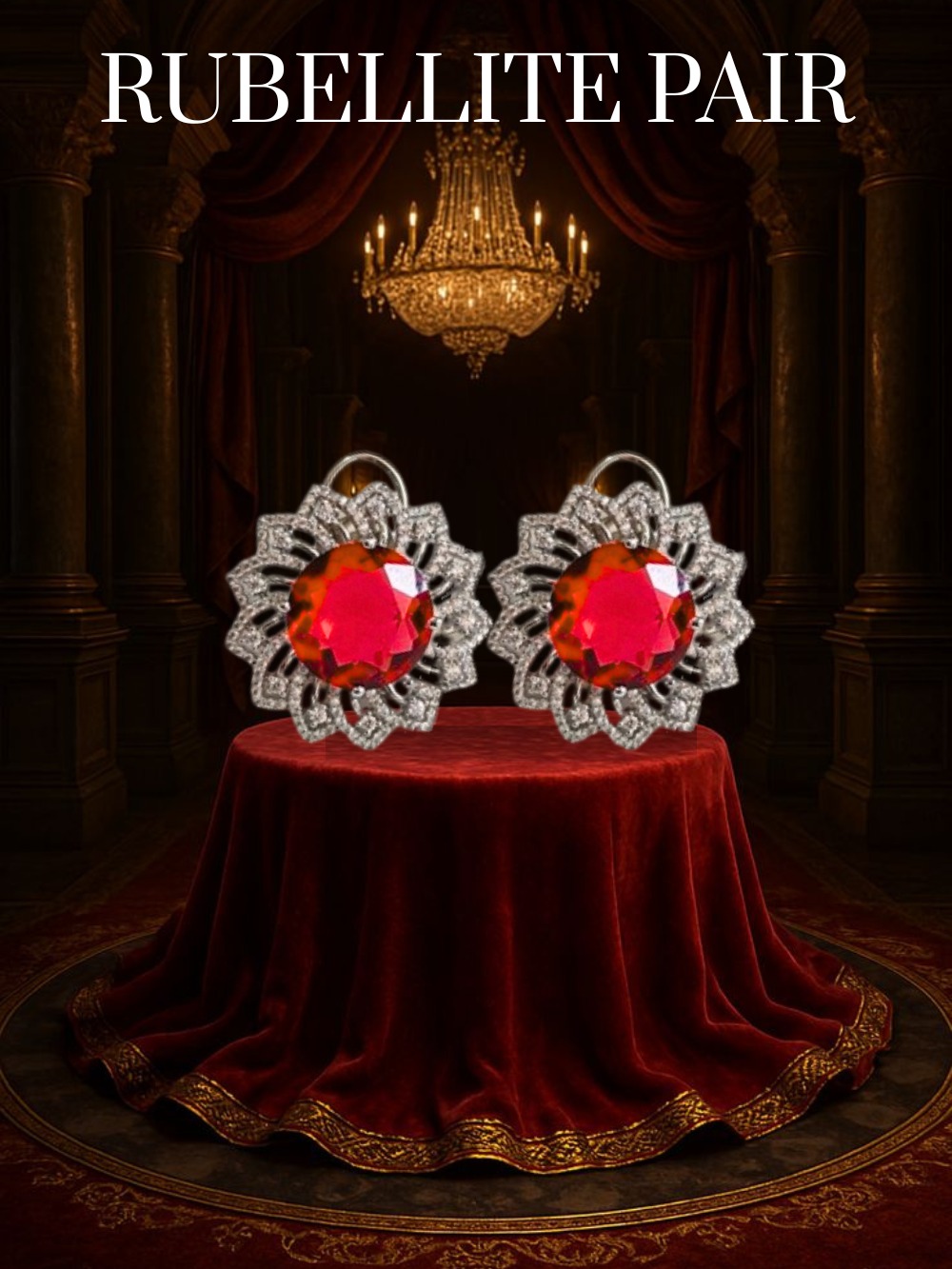
RUBELLITE PAIR
RUBELLITE PAIR
PRIZE : 4,50,000/- RS.
-
Origin: Brazil, Nigeria, or Mozambique—top sources known for vivid hues
-
Color: Saturated deep pink to red-pink—color evenness is crucial
-
Clarity: Tourmaline often contains inclusions; eye-clean stones (inclusions invisible to the naked eye) are more desirable
-
Carat Weight: Larger stones fetch premium in saturated, clean examples; quality matters more than size alone
-
Type: Natural rubellite (red–pink variety of tourmaline)
-
Cut & Shape: Likely faceted—oval, pear or cabochon
-
Carat Range: Probably 2–8 carats, based on layout style of similar product templates
-
Treatment: Untreated; no enhancements like heat or irradiation
-
Certification: Standard free lab certificate (IGI/IIGJ) offered, with paid options for detailed lab reports
Specification
RUBELLITE PAIR
PRIZE : 4,50,000/- RS.
-
Origin: Brazil, Nigeria, or Mozambique—top sources known for vivid hues
-
Color: Saturated deep pink to red-pink—color evenness is crucial
-
Clarity: Tourmaline often contains inclusions; eye-clean stones (inclusions invisible to the naked eye) are more desirable
-
Carat Weight: Larger stones fetch premium in saturated, clean examples; quality matters more than size alone
-
Type: Natural rubellite (red–pink variety of tourmaline)
-
Cut & Shape: Likely faceted—oval, pear or cabochon
-
Carat Range: Probably 2–8 carats, based on layout style of similar product templates
-
Treatment: Untreated; no enhancements like heat or irradiation
-
Certification: Standard free lab certificate (IGI/IIGJ) offered, with paid options for detailed lab reports




